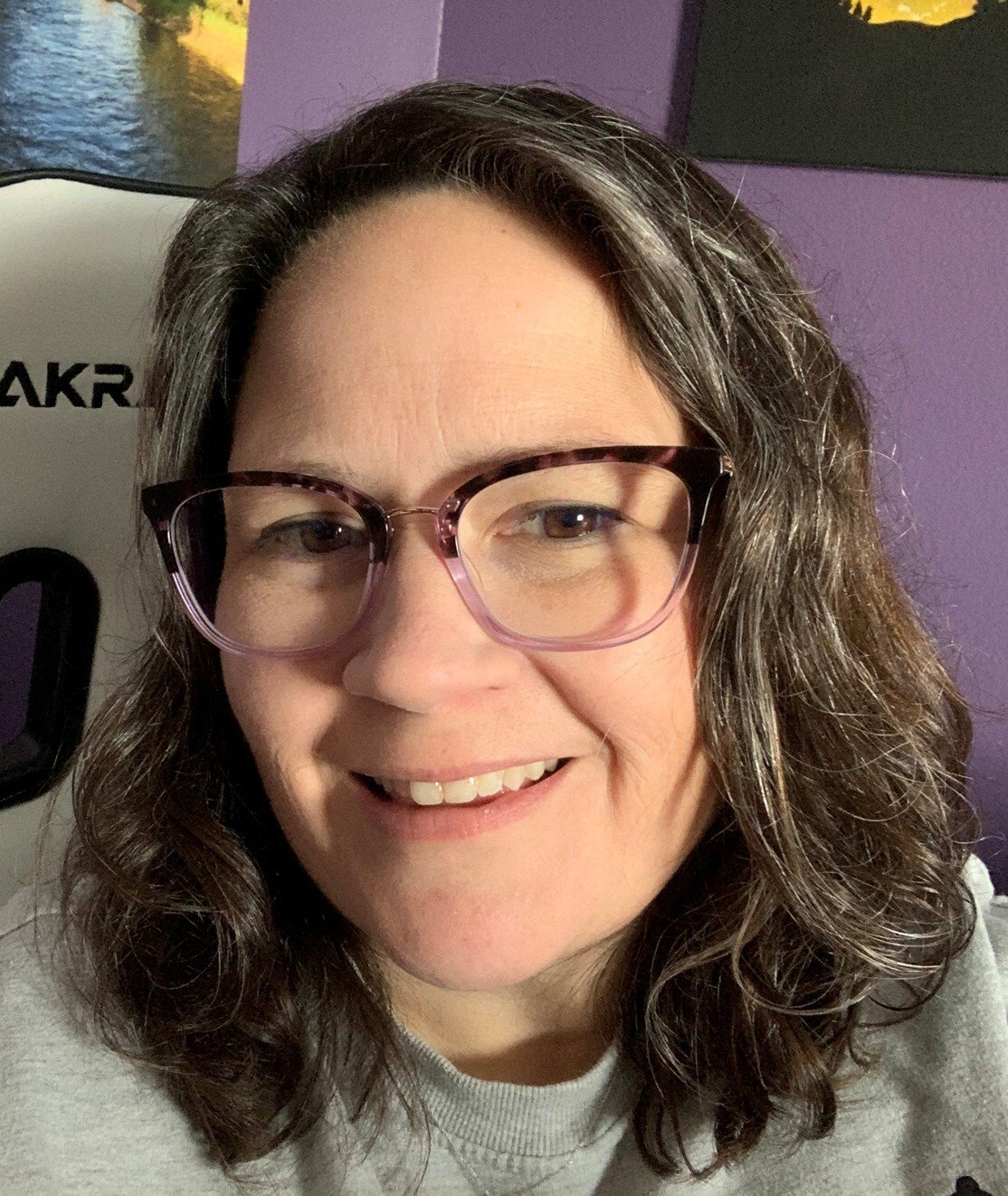Change is like that sneaky rollercoaster at the amusement park—you think you’re signing up for the gentle kiddie ride with a few giggles and maybe a breeze in your hair. But nope. Suddenly you’re dangling upside down, screaming, and bargaining with your stomach to please, please not betray you in public.
I once made the terrible mistake of joining my son on a rollercoaster that looked harmless—like the kind of ride you’d take a nervous first-timer on to ease them in. But the second we started climbing, I realized my “cute little bunny hill” was actually Mount Everest in disguise! And did I mention I get motion sick faster than a kid on a merry-go-round after lunch? Before I knew it, we were launched into what felt like the longest ride in my life, my face turning multiple shades of green while my son thought it was the best ride ever.
And here’s the kicker: when change hits a family, it’s exactly like that ride. Everyone’s strapped in together—whether they bought a ticket or were dragged kicking and screaming into the front row. So how do we survive the ride when it’s not just us, but the people we love? Buckle up, because that’s what we’re about to explore.
- Different Riders, Different Styles
Every family member rides change differently:
-
- The Hands-Up Rider: Some throw their arms in the air, screaming with joy, ready for every twist and turn.
- The White-Knuckler: Others grip the bar so tightly their knuckles turn white, silently praying for the ride to end.
- The Talker: Some process by narrating every bump and drop—“Did you feel that?!”—while others would rather not relive the ride at all.
- The Saturated Rider: Even thrill-seekers can hit their limit. After too many rollercoasters in a row, even the bravest rider just wants to sit on a bench with a funnel cake.
Don’t assume everyone’s ride style (appetite for change) matches yours. Be aware that appetites change on a regular basis. Just because someone normally handles change very well doesn't mean they are always going to--maybe that first hill was too much for them right now.
- Pace Matters
You might want to talk about the ride every day, replaying each loop and drop. That helps you process. But for someone else, constant chatter feels like reliving the stomach-lurching plunge over and over.
Change is personal. Some riders need to scream it out, others need silence. Respecting those differences keeps the ride survivable for everyone.
- The Danger of Getting Stuck on the Tracks
Here’s the real risk: sometimes a family member gets stuck mid-change. Imagine the coaster halting at the top of the hill—everyone else eventually gets off, but one person is left dangling, alone and terrified.
We can’t leave people stranded in the muck of change. Even if we’re sprinting toward the next ride, we need to check back and make sure no one is stuck on the tracks.
- Balancing the Ride
So how do we keep the family rollercoaster of change from turning into a disaster?
-
- Take care of yourself: If you need to scream, scream. If you need to laugh, laugh. If you need time to process what just happened, take the time.
- Look out for others: Notice who’s gripping the bar too tightly or who’s gone quiet.
- Stay connected: Sometimes it’s a conversation, sometimes it’s a hug, and sometimes it’s simply sitting together after the ride—patiently giving them space to find their footing (or at least until the spinning stops).
Change is the ultimate rollercoaster—unexpected drops, dizzying loops, and moments that make your stomach flip. But it’s also a chance to grow—not just individually, but as a family. It isn’t about perfect synchronization. It’s about making sure everyone gets off safely, together.
Want to learn more about change? Check out all we have to offer under Treat Change as Process, Not an Event.

.png?width=1200&height=628&name=Blog%20Featured%20Image%20(38).png)






